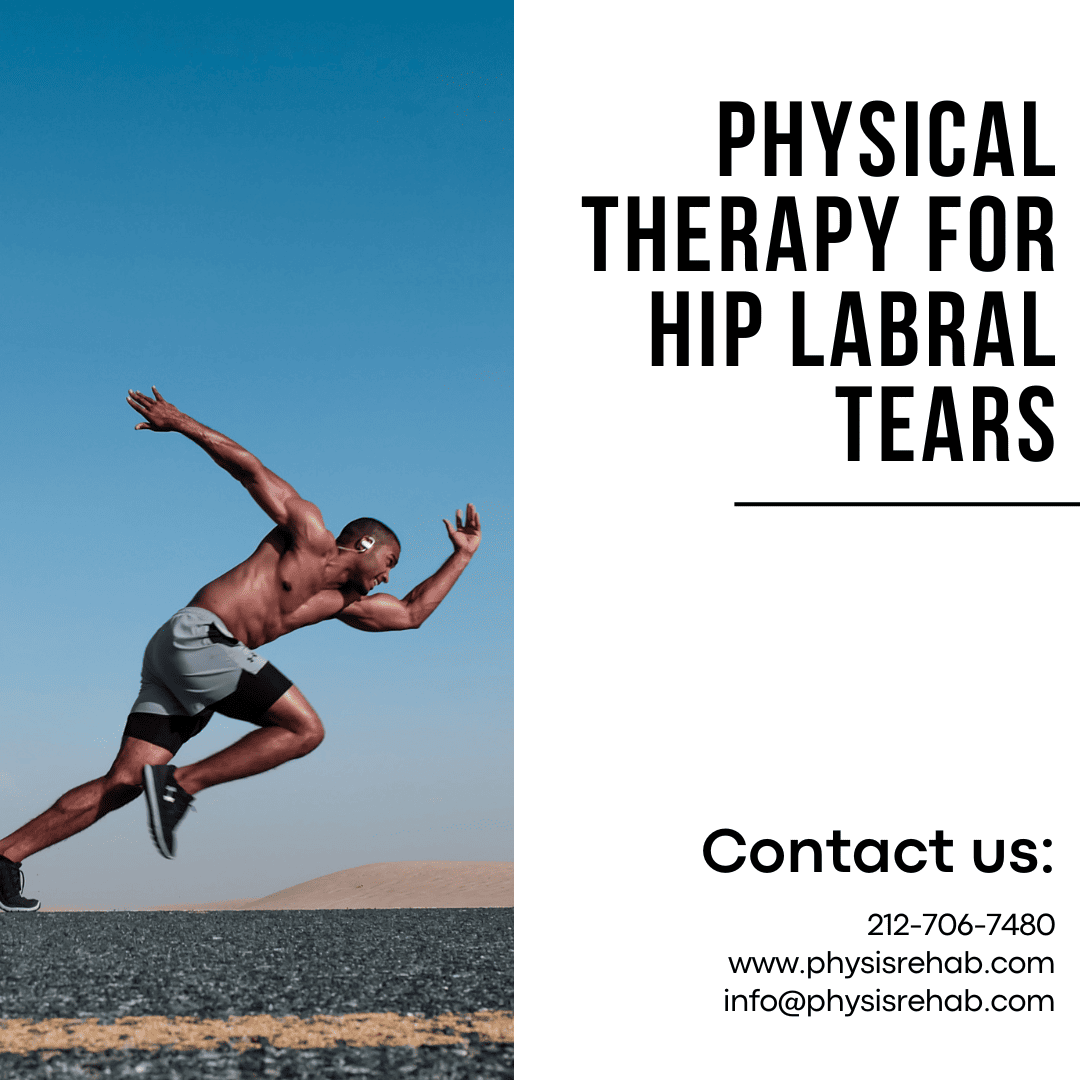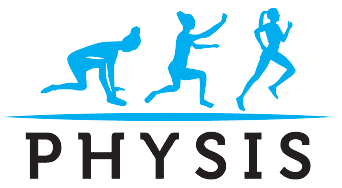The hip labrum is a ring of cartilage that surrounds the socket of the hip joint. It is made of fiber and cartilage and it deepens the socket of the hip joint providing stability to the hip joint. The labrum also cushions the forces within the joint providing smooth and stable movements.
The hip labrum has several important functions:
- Joint Stability: The labrum enhances the stability of the hip joint by deepening the socket, providing a better fit for the femoral head (the ball-shaped end of the thigh bone). This helps to prevent excessive movement or dislocation of the hip joint.
- Shock Absorption: The labrum acts as a shock absorber, helping to distribute forces evenly across the joint. It helps to reduce stress on the articular cartilage, protecting the joint surfaces from excessive wear and tear.
- Lubrication and Nutrition: The labrum assists in creating a fluid-filled environment within the joint, allowing for smooth movement and providing nutrition to the surrounding cartilage.
- Load Transmission: It helps to transfer the weight-bearing forces from the femur to the acetabulum, ensuring proper distribution of forces during weight-bearing activities.
Given the critical functions of hip labrum, it stands to reason that injuries/tears at the labrum can cause significant limitations in day to day life. A labral tear occurs when there is damage or a partial/full detachment of this cartilage. Symptoms may include hip pain, clicking or locking sensations, limited range of motion, and weakness. There can be several causes of hip labral tears:
- Trauma or Injury: A sudden injury or trauma to the hip joint can cause a labral tear. This can occur during sports activities, falls, or accidents where a direct force is applied to the hip joint. For example, a hard impact or a sudden twisting motion may result in a tear.
- Structural Abnormalities: Some individuals may be born with structural abnormalities that predispose them to hip labral tears. Conditions such as femoroacetabular impingement (FAI) and hip dysplasia can cause abnormal contact between the ball and socket of the hip joint. Over time, this can lead to labral degeneration and tears.
- Repetitive Motions: Certain repetitive movements or occupational activities can contribute to the development of hip labral tears. Athletes involved in sports that require repeated hip flexion, rotation, or pivoting motions, such as soccer, hockey, ballet, or gymnastics, may be at a higher risk. Occupations that involve prolonged sitting, squatting, or repetitive hip movements can also increase the likelihood of labral tears.
- Hip Joint Instability: If the hip joint is unstable due to ligament laxity or muscle imbalances, it can lead to increased stress on the labrum. Over time, this repetitive stress can cause tears to develop.
- Age and Degenerative Changes: As individuals age, the hip joint may undergo degenerative changes. The labrum can become thinner and more susceptible to tears. Conditions like osteoarthritis and inflammatory arthritis can also weaken the labrum and contribute to tear formation.
Hip labral tears can be debilitating and have a significant impact an individual’s quality of life. Physical therapy plays a crucial role in the management of hip labral tears, aiding in pain relief, improving joint stability, and restoring functionality.
Physical therapy aims to manage pain, reduce inflammation, improve hip joint stability, restore muscle strength, and enhance overall function. A customized physical therapy program is typically designed based on individual needs, taking into account factors such as the severity of the tear, underlying conditions, and overall physical health.
Components of Physical Therapy for Hip Labral Tears:
- Pain Management:
- Manual therapy: Hands-on techniques such as various soft tissue mobilization techniques and joint mobilization to alleviate pain and increase joint mobility.
- Passive modalities like heat or ice and e stim can also help but active functional rehabilitation is the key to long lasting relief.
- Strengthening and Stability Exercises:
- Strengthening: Targeted strengthening exercises to strengthen the muscles around the hip joint and the abdomen to provide stability and support to the hip joint
- Balance and proprioception training: Activities that improve balance and body awareness to enhance joint stability.
- Flexibility and Range of Motion Exercises:
- Stretching exercises: Gentle stretches to improve flexibility and increase the range of motion of the hip joint.
- Joint mobilization: Techniques performed by a physical therapist to enhance joint mobility and reduce stiffness.
- Functional Rehabilitation:
- Sport-specific exercises: Tailored exercises to help athletes regain strength, agility, and sport-specific movements.
- Gait training: Assisting individuals in developing a proper walking pattern and correcting any abnormalities.
- Education and Home Exercise Program:
- Patient education: Providing information about hip labral tears, injury prevention strategies, and self-care techniques.
- Home exercise program: Prescribing exercises to be performed independently to maintain progress between physical therapy sessions.
Rehabilitation is critical in achieving progress and painfree return to prior level of function. Rehabilitation should be focused on whole body rehab with emphasis on retraining chains of muscles and movement patterns for long lasting relief and preventing recurrences.
If you suspect a hip labral tear or have been diagnosed with one, call us 212-706-7480 or email us info@physisrehab.com. Our therapists will perform an in-depth consultation, examining your movement patterns and muscle chains to craft an individualized plan to correct weaknesses, restore optimal movements, and restore hip health to ultimately return to painfree lifestyle.



Comments are closed